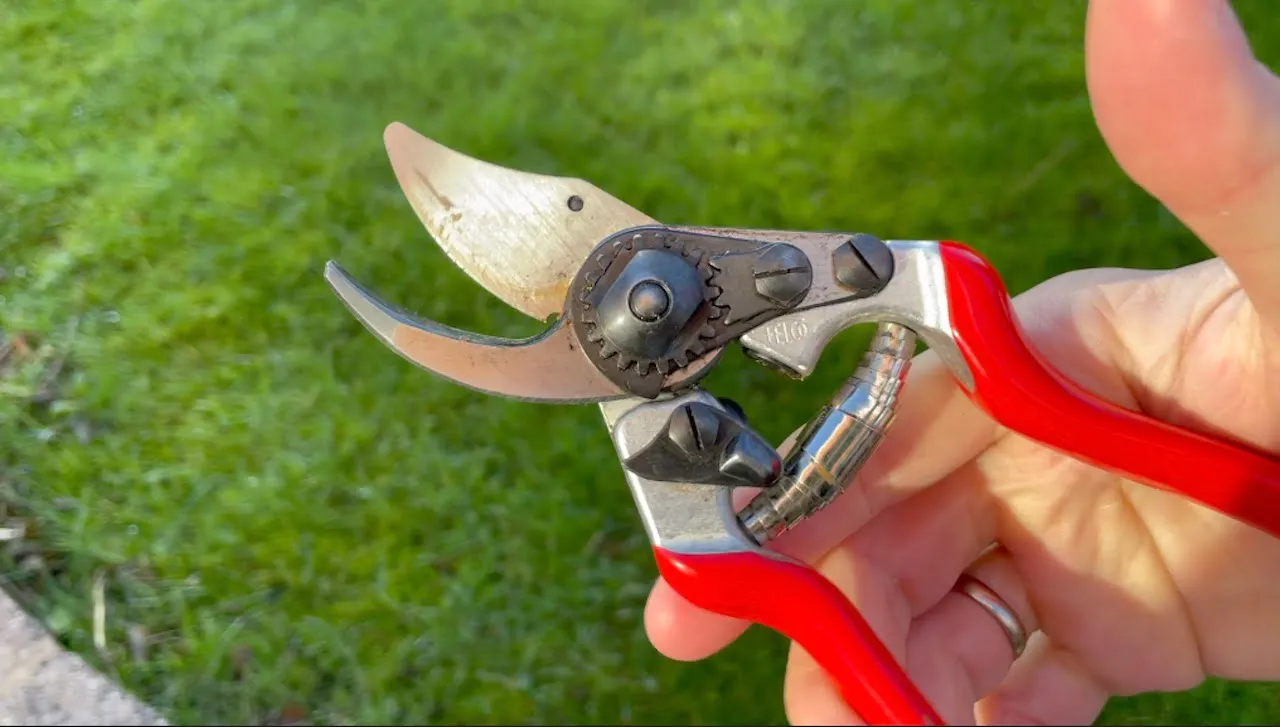Hi @junie
Thanks for posting your picture of your Pyracantha. It's a real shame, given its age, but it looks like it has Pyracantha fire blight. Hence, the dead leaves are still attached (bright orange) in the far right of the picture.
Pyracantha fire blight is a bacterial disease that affects Pyracantha, commonly known as firethorn. Fire blight is caused by the bacterium Erwinia amylovora. It primarily impacts plants in the Rosaceae family, which includes Pyracantha along with other plants like apples, pears, and other ornamental shrubs and trees. Unfortunately, it's not something that can be reversed, once it starts its usually a race against time to minimise it.
The disease is characterized by symptoms that resemble the plant being scorched by fire, hence the name "fire blight." It typically starts with wilting or browning of shoots, leaves, and flowers. Affected areas may display blackened or scorched appearance, with the leaves often remaining attached to the stems even after they have died. The bacteria often enter the plant through natural openings or wounds and can be spread by insects, rain, or wind.
Fire blight tends to be more prevalent in warm and humid conditions, especially during spring and summer. It can spread rapidly, leading to significant damage to the Pyracantha and, in severe cases, even result in the death of the plant if left untreated.
Management involves pruning out affected areas, disinfecting tools, and practising good garden hygiene to prevent the spread of the bacteria. Copper-based fungicides and maintaining the overall health of the plant through proper care can also help in managing and reducing the impact of fire blight.

If the infection is severe, it may require more aggressive measures, including the removal of the affected plant to prevent the disease from spreading to nearby plants.
I know this sounds brutal but if I were you, I'd closely monitor it, and if the scorched leaves continue, then it may be best to cut it right back and completely dig it out. Then burn the clippings or dispose of them at the local tip; never compost them. Thus preventing the spread to other plants.
Sorry I can't be more optimistic!
Lee
Hi @junie
Thanks for posting your picture of your Pyracantha. It's a real shame, given its age, but it looks like it has Pyracantha fire blight. Hence, the dead leaves are still attached (bright orange) in the far right of the picture.
Pyracantha fire blight is a bacterial disease that affects Pyracantha, commonly known as firethorn. Fire blight is caused by the bacterium Erwinia amylovora. It primarily impacts plants in the Rosaceae family, which includes Pyracantha along with other plants like apples, pears, and other ornamental shrubs and trees. Unfortunately, it's not something that can be reversed, once it starts its usually a race against time to minimise it.
The disease is characterized by symptoms that resemble the plant being scorched by fire, hence the name "fire blight." It typically starts with wilting or browning of shoots, leaves, and flowers. Affected areas may display blackened or scorched appearance, with the leaves often remaining attached to the stems even after they have died. The bacteria often enter the plant through natural openings or wounds and can be spread by insects, rain, or wind.
Fire blight tends to be more prevalent in warm and humid conditions, especially during spring and summer. It can spread rapidly, leading to significant damage to the Pyracantha and, in severe cases, even result in the death of the plant if left untreated.
Management involves pruning out affected areas, disinfecting tools, and practising good garden hygiene to prevent the spread of the bacteria. Copper-based fungicides and maintaining the overall health of the plant through proper care can also help in managing and reducing the impact of fire blight.

If the infection is severe, it may require more aggressive measures, including the removal of the affected plant to prevent the disease from spreading to nearby plants.
I know this sounds brutal but if I were you, I'd closely monitor it, and if the scorched leaves continue, then it may be best to cut it right back and completely dig it out. Then burn the clippings or dispose of them at the local tip; never compost them. Thus preventing the spread to other plants.
Sorry I can't be more optimistic!
Lee
 Lee Burkhill: Award Winning Designer & BBC 1's Garden Rescue Presenters Official Blog
Lee Burkhill: Award Winning Designer & BBC 1's Garden Rescue Presenters Official Blog



